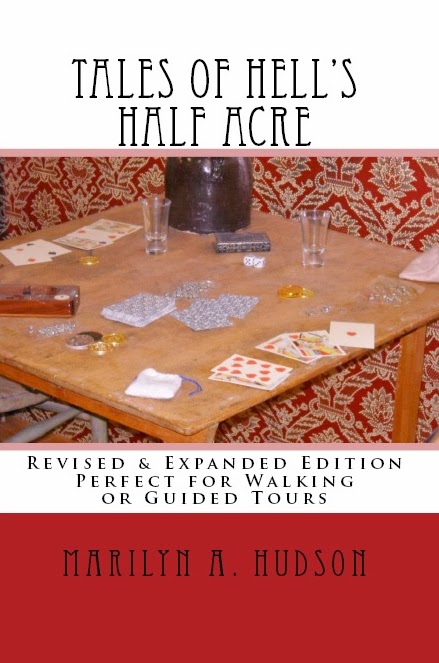The young man picks up a young lady walking along a lonely stretch of road and offers to take her home. The strangely silent young lady in a pale dress joins the young man in the vehicle and as they journey down the darkening road....the girl suddenly and silently disappears.
This is a version of this familar 'vanishing hitchhiker' tale made popular in the 1920's in Chicago. Yet, this truncated version was one collected in the south shortly after the Civil War. Washington Irvings' 1824 The Lady with the Velvet Collar is considered another early literary source of the tale type. Some also see the NT story of Philip disappearing after baptising the Ethiopian as a prototype of the same story form. The more familiar form of the story came to national attention with an academic survey and a version of the story on national radio and entertainment outlets in the early 1940's.
In the 1960's and 70's, as everyone was seeking enlightenment through chemical or spiritual means, a new version of the legend cropped up around the US (and elsewhere). The silent rider was replaced by one who spoke of dire future events, the need for immediate spiritual life changes, or who predicted some local situation. Few, if any of these prophecies ever panned out, with perhaps the exception of one who seemed to warn about the eruption of Mt. St. Helen's....but the signs, as they say, were everywhere on that one.
Going back far enough and surveying enough cultures and their tales reveals the motif is present into ancient days. They are often buried under layers of cultural elements, political paint, and religious wrappings but they are there.
(See http://www.snopes.com/horrors/ghosts/vanish.asp; http://en.wikipedia.org/wiki/Vanishing_hitchhiker;http://www.prairieghosts.com/hwy365.html )



